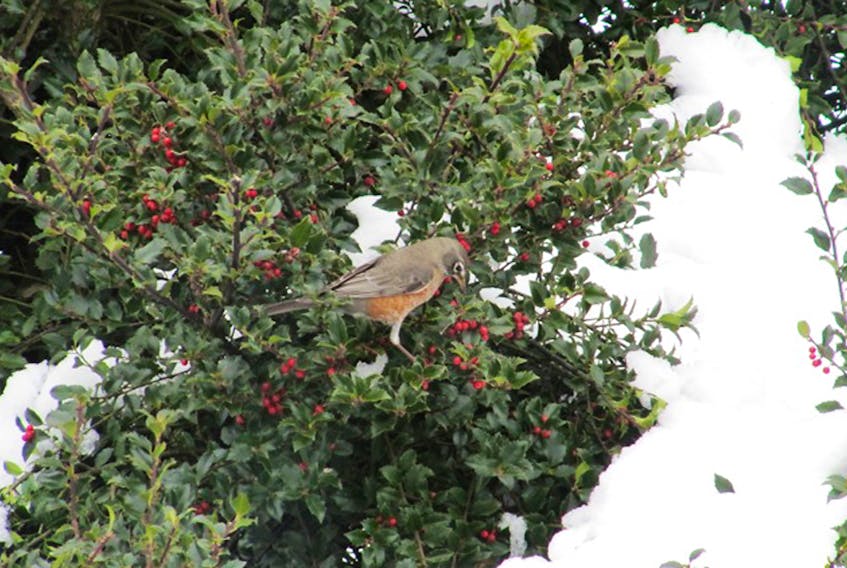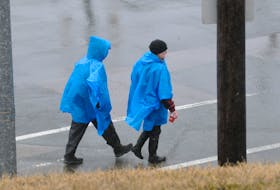
We can learn so much from observing what goes on around us; I’ve often said that Mother Nature is an awesome teacher. It’s so much fun to get outside in the spring and listen, smell and watch. At this time of the year, I love to watch the birds frolic in my yard. I have a number of feeders in my backyard and it’s such a treat when a new bird finds the feeder. The other day I sat and watched as the usual suspects were feeding, that’s when I spotted 2 plump robins bouncing around on a patch of snow. Surely a sign of spring … or is it?
For years, we believed that the appearance of a robin was a harbinger of spring. Today we know that the American Robin actually spends the winter in much of its breeding range. Robins are a migratory species, but their migration is far more complicated than a simple shift southward. There seems to be a great deal of individual variation in where they spend the winter, though males are far more likely to remain in the north than females. Experts believe there is a good reason for that. Come spring, the male’s main job is to find and defend a territory. The females’ main job is to lay the eggs. This requires a lot of good nutrition and food energy, so females go where they are sure to find good food supplies in winter.
We don’t see as many robins in the winter because they spend less time in our yards. They tend to congregate in large flocks in more rural areas and so we're much less likely to see them. These robins are most often found in areas where there is a bit of open water and where there are fruit trees. The water and fruit get them through the season.
Did you know that robins switch diets in the fall? They turn from earthworms to berries and other fruits.
And what about the cold? Cold temperatures don't hurt most birds, as long as they have food. As nights grow cooler during fall, northern birds start growing more down feathers close to their bodies. The tiny down feathers insulate the birds. The robins generate their body heat by shivering; as long as they have food to give them energy, they can survive extreme cold.
So while a robin sighting is a lovely thing, it’s not necessarily a sign of spring.
Cindy Day is chief meteorologist for SaltWire Network. Get your regional forecast at weatherbyday.ca.









